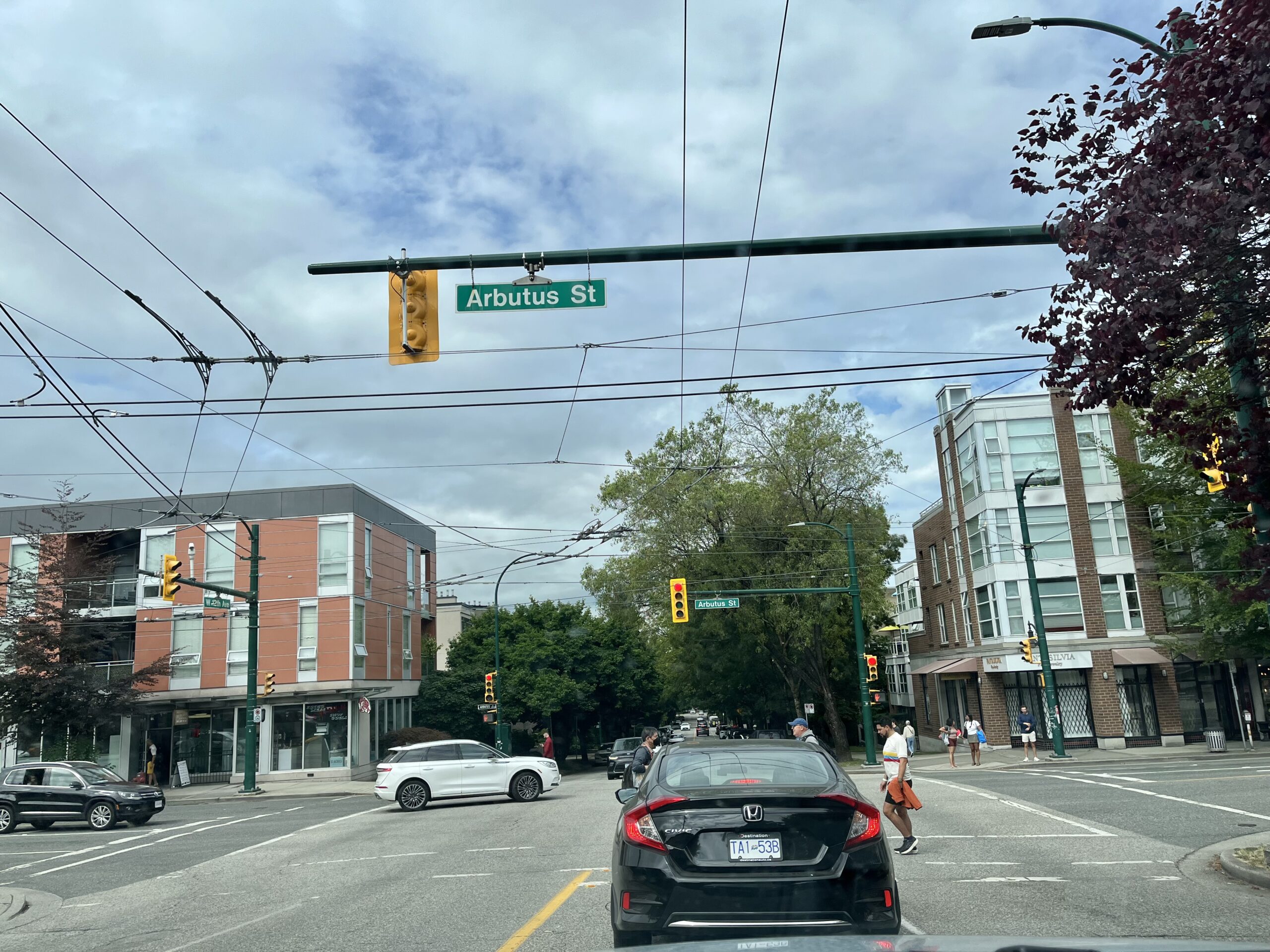If you’re exploring real estate in British Columbia, you may have come across the term bare land strata. Unlike traditional condos or townhomes, a bare land strata offers a distinct form of ownership that can be ideal for those looking for more privacy and control over their property.
In this article, we’ll cover everything about bare land strata, including bare land strata corporations, bare land strata plans, and how the Strata Property Act governs these unique developments. You’ll also learn about the difference between bare land stratas and other strata corporations, and what it means for owners and their maintenance responsibilities.
What is Bare Land Strata?
Bare land strata refers to a form of property ownership where the strata lots consist primarily of land parcels, rather than individual units within a building. In most cases, this means houses or single-family homes are situated on separate strata lots, with owners having exclusive ownership of the land and the dwelling.
Unlike conventional strata developments where you own a unit inside a building (like a condo), with a bare land strata plan, owners control their own lot’s house exteriors, landscaping, and other features, while sharing responsibility for common property managed by the bare land strata corporation.
Bare Land Strata Corporations and Strata Property Act
The bare land strata corporation is a legal entity established to manage the common property and enforce rules for the development. The corporation operates under the Strata Property Act in British Columbia, which sets out the governance framework for all strata corporations, including those overseeing bare land stratas.
The Strata Property Act outlines owners’ responsibilities for maintenance, insurance, and the upkeep of common assets. This means that even though you own your lot outright, you’ll pay fees to the bare land strata corporation for shared expenses such as road maintenance, amenities, and insurance.
Understanding Bare Land Strata Plans and Strata Lots
Each bare land strata plan is a subdivision registered with the Land Title Office that defines individual strata lots boundaries and the common property. Unlike high-rise strata developments, bare land strata plans typically feature detached homes, giving owners more privacy and control.
Strata lots in these developments are the separate parcels of land that individual owners hold title to, while the strata corporation manages everything else, like roads, pathways, or community facilities.
Bare Land Stratas vs. Just Condos: What’s the Difference?
One common question is how bare land stratas differ from traditional condos. In typical condo strata plans, owners have limited control over the exterior and land surrounding their units. Conversely, bare land strata ownership means you hold the land title, often including the home, yard, and driveway.
This arrangement appeals to buyers who want to enjoy the benefits of a strata community but desire more independence than a standard condo provides.
Responsibilities of Bare Land Strata Owners
Owners in bare land strata corporations have duties including:
- Maintaining their strata lot, such as home and yard upkeep
- Paying strata fees for common area maintenance and insurance
- Participating in strata corporation meetings and decisions
Since the bare land strata corporation manages shared spaces and infrastructure, owners benefit from collective upkeep while enjoying private home ownership.
Insurance and Maintenance Implications
Because bare land strata lots include land and buildings, insurance policies may differ compared to typical condo insurance. Owners usually need coverage for their home and land, while the corporation insures common property.
Understanding these insurance and maintenance implications is critical when purchasing a bare land strata property.
Bare Land Strata in British Columbia
British Columbia has many bare land strata developments, especially in suburban and rural areas around Vancouver and the Fraser Valley. These offer a unique balance between community living and private ownership.
If you’re considering buying into a bare land strata corporation, review the strata plan, bylaws, and financial health of the corporation carefully. A professional strata lawyer or realtor familiar with bare land strata regulations can help you navigate the complexities.
Examples of Bare Land Strata Properties
Common examples include:
- Gated communities with detached homes on strata lots
- Rural subdivisions where owners maintain their yards but share road upkeep
- Developments with shared clubhouses or recreational facilities
Planning Your Purchase: Use Our Calculators
Buying a bare land strata home involves understanding all costs — from strata fees to property taxes and insurance. Use our tools to plan your budget wisely:
- Check affordability with the Rent vs Buy Calculator
- Estimate ongoing expenses with the Home Cost Calculator
FAQs About Bare Land Strata
Q: What is the main difference between bare land strata and conventional strata?
A: Bare land strata owners own the land their home sits on, unlike typical strata units which are part of a building.
Q: Who is responsible for maintaining roads in a bare land strata?
A: The bare land strata corporation usually maintains roads and shared infrastructure through strata fees.
Q: Can I build a secondary suite on a bare land strata lot?
A: It depends on your strata corporation’s bylaws and municipal regulations.
Q: How do strata fees compare in bare land strata vs. condos?
A: Fees vary but often bare land strata fees cover more land maintenance and shared amenities.
Conclusion
Bare land strata is a growing property type in British Columbia, combining private land ownership with community benefits. Whether you’re looking for a detached home with shared services or want to understand the legal nuances under the Strata Property Act, it pays to be well-informed.
Explore your options, talk to a knowledgeable real estate agent, and use our calculators to make the best decision for your lifestyle.
My name is Jay, a longtime Metro Vancouverite sharing local real estate tips and my own photos of the city’s homes and neighbourhoods here on Vancouver Home Hub. Hope you find my blog useful! Feel free to reach out anytime at vancouverhomehub@gmail.com if you have questions.


Leave a Reply